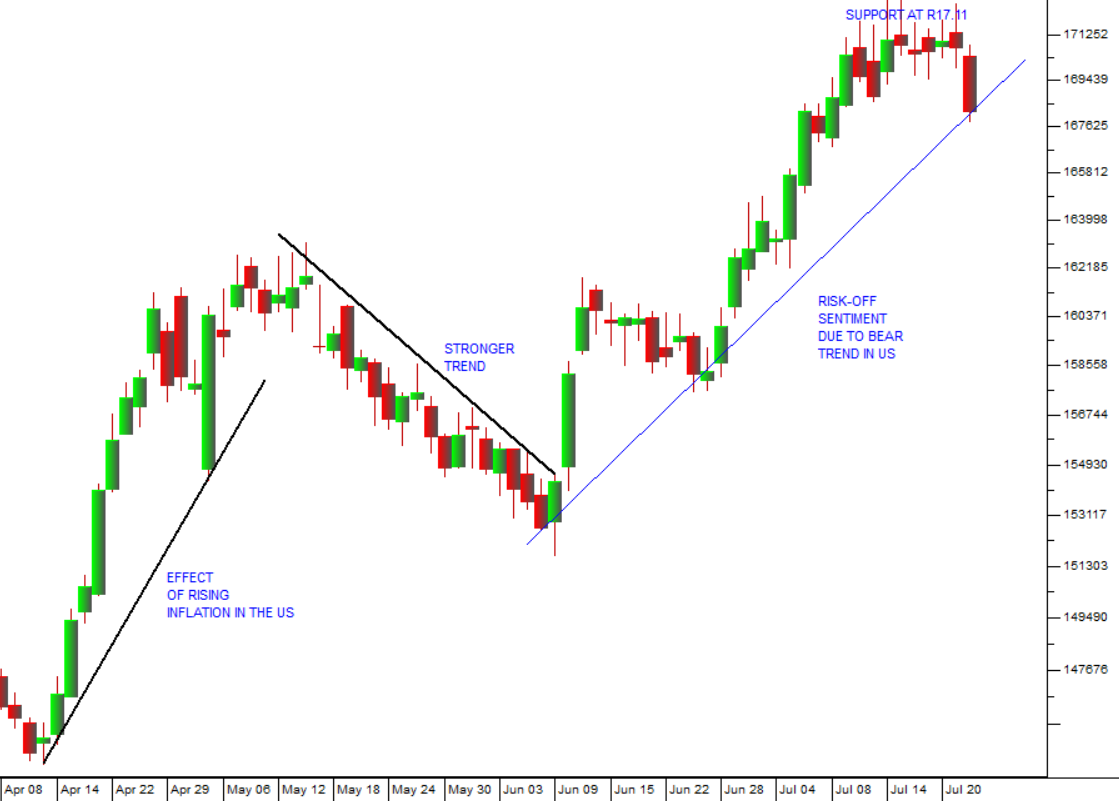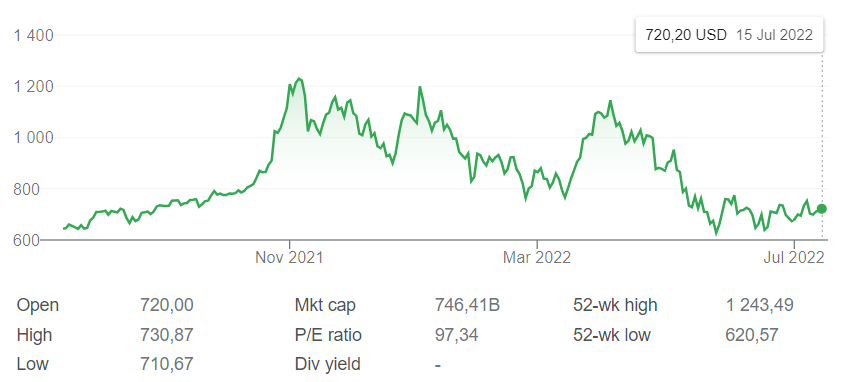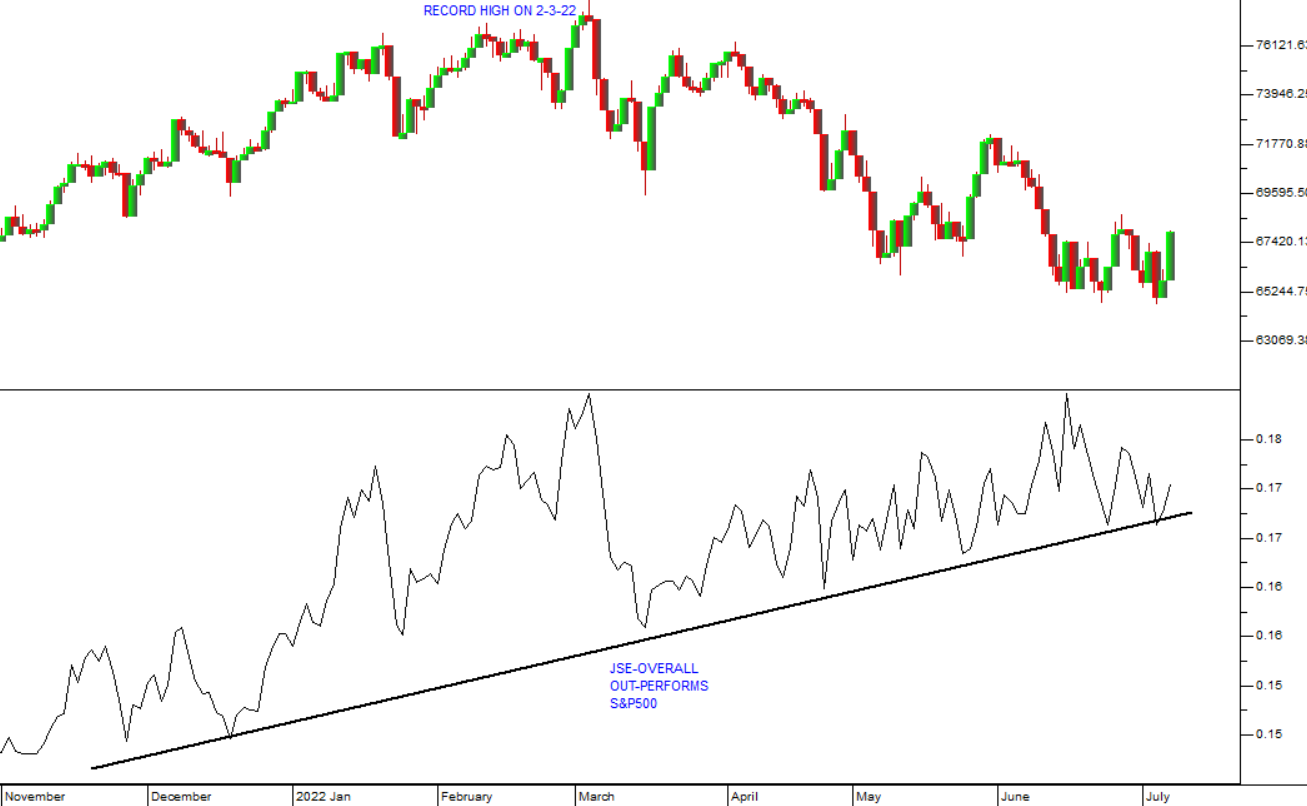Fundamental vs Technical
18 December 2023 By PDSNETWhen you decide to buy a share, you are immediately in the business of forecasting. You are predicting that the share price will go up. Because, if you thought it was going to go down, you would not buy it. But, of course, the person that you buy it from makes exactly the opposite prediction – they believe it will go down – that is why they are selling it.
Only one of you can be right – and whoever is right will take money away from whoever is wrong. The whole thing depends on the quality of your assessment of the share at the moment when you buy.
There are two primary approaches to share assessment:
- Fundamental analysis which strives to answer the question, “How good will this company be as a payer of dividends in the future?” and,
- Technical analysis involves studying the price and volume history of the share to try to identify patterns which can be used to predict where it might go in the future.
It is important to understand the relationship between the two disciplines of fundamental and technical analysis. To establish the relationship between fundamental and technical analysis we need to ask ourselves this question, “What do we get when we buy a share?”
We get an electronic record on the STRATE database showing that we are the owner – but what financial benefit do we get? If, like many listed companies, the share represents a stable, long-established business, like Standard Bank for example, then the answer to that question is only whatever dividends the company’s board of directors decides to pay each year.
You may ask, “What about a capital gain?” To answer that question, we need to consider where a capital gain comes from. A share might change hands fifty times in the share market being bought and sold for higher and lower prices over a period of time – but the only new money that come to the investors from the share is the dividend.
In other words, if you can sell a share for more than you paid for it (i.e. make a capital gain), then it is because the person who buys it from you has a higher perception of the future flow of dividends to accrue to that share than you had when you bought it. What I am saying is that a capital gain is caused by a shift in investors’ perceptions of the future flow of dividends to be paid by that company. A capital gain occurs because a change in its future expected dividends is capitalized into what investors are prepared to pay for the share.
If you accept that argument, then it makes sense to make a prediction of what you think the future dividends of a listed company that you are interested in are likely to be.
Let us say that, after studying the company’s latest financial results carefully, you make the following predictions of the company’s future dividends:
| Year | 20X1 | 20X2 | 20X3 | 20X4 | 20X5 |
| Dividend | 100c | 120c | 135c | 150c | 175c |
Of course, you would not be willing to pay 100c now for the dividend that you will receive next year in 20X1 - because of the opportunity cost of your money and inflation etc. But you might be willing to pay, let us say, 70c for it in today’s money.
The year after that (20X2), you expect the dividend to be higher at 120c – but you will only get that money in two years – so you would probably only be prepared to pay, say, 60c now for that - and so on.
The process of reducing a future expected payment into what you are prepared to buy it for in today’s money is called “discounting.” So, your discounted cash flow of the future dividends of the company might look something like this:
| Year | 20X1 | 20X2 | 20X3 | 20X4 | 20X5 |
| Dividend | 100c | 120c | 135c | 150c | 175c |
| Discounted | 70c | 60c | 50c | 35c | 25c |
And let us say that you are willing to pay a further 60c for all the dividends which you expect to come after the year 20X5.
From this information we can calculate what the share is worth to you now:
70c + 60c + 50c + 35c + 25c + 60c = 300c
So, that is what the share is worth to you now - in today’s money. If it was trading in the share market for 350c, then you would regard it as expensive and, if it were trading for 250c, you would see it as cheap and a bargain.
But, of course, this is just your forecast of the future dividends. Another interested investor might say that they expect the dividend in 20X1 to be 105c or 95c or something else. And, if we could do a survey of all investors interested in this particular share, we might find that their discounted cash flows of the future dividends of the company range between a low of 200c and a high of 400c.
And the actual price of the share in the market could be anywhere between those two extremes depending on whether there were more pessimists than optimists or vice versa.
In fact, the market price of a share is the average of all interested investors’ discounted cash flows of the future dividends.
Now let us suppose that you have a time machine, and you can travel forward into the future. By doing that you establish that your forecast of the future dividends of this company is 100% correct. Returning to today’s time you see all the other investors desperately trying to predict the future dividends – but you now know the truth. You know the share’s real value.
With that thought in your mind, we can define fundamental analysis as the search for the share’s real value and technical analysis as the study of investors’ perceptions of the real value as it is reflected in the share’s price and volume patterns.
What I am saying is that there are two types of investors. There are conservative people, mostly like fund managers and stockbrokers, who say they will not buy a share unless they can see the real value – and then there are others who say that the real value does not matter. What matters is what people think the real value is – and that is only visible in the chart’s pattern. So, there is the reality and the perception of the reality.
Of course, these two approaches to share assessment are interrelated. If something happens which impacts directly on a company’s profitability it almost always shifts investors’ perceptions. In our experience it is most effective to study both approaches. In general, fundamental analysis is best suited to the selection of shares, while technical analysis is useful for determining the timing of your buy and sell decisions.
This is the final article for 2023. The next article will be published on Monday the 8th of January 2024.
We take this opportunity to wish you and your family all the best for the Festive Season and the New Year.
DISCLAIMER
All information and data contained within the PDSnet Articles is for informational purposes only. PDSnet makes no representations as to the accuracy, completeness, suitability, or validity, of any information, and shall not be liable for any errors, omissions, or any losses, injuries, or damages arising from its display or use. Information in the PDSnet Articles are based on the author’s opinion and experience and should not be considered professional financial investment advice. The ideas and strategies should never be used without first assessing your own personal and financial situation, or without consulting a financial professional. Thoughts and opinions will also change from time to time as more information is accumulated. PDSnet reserves the right to delete any comment or opinion for any reason.
Share this article:


